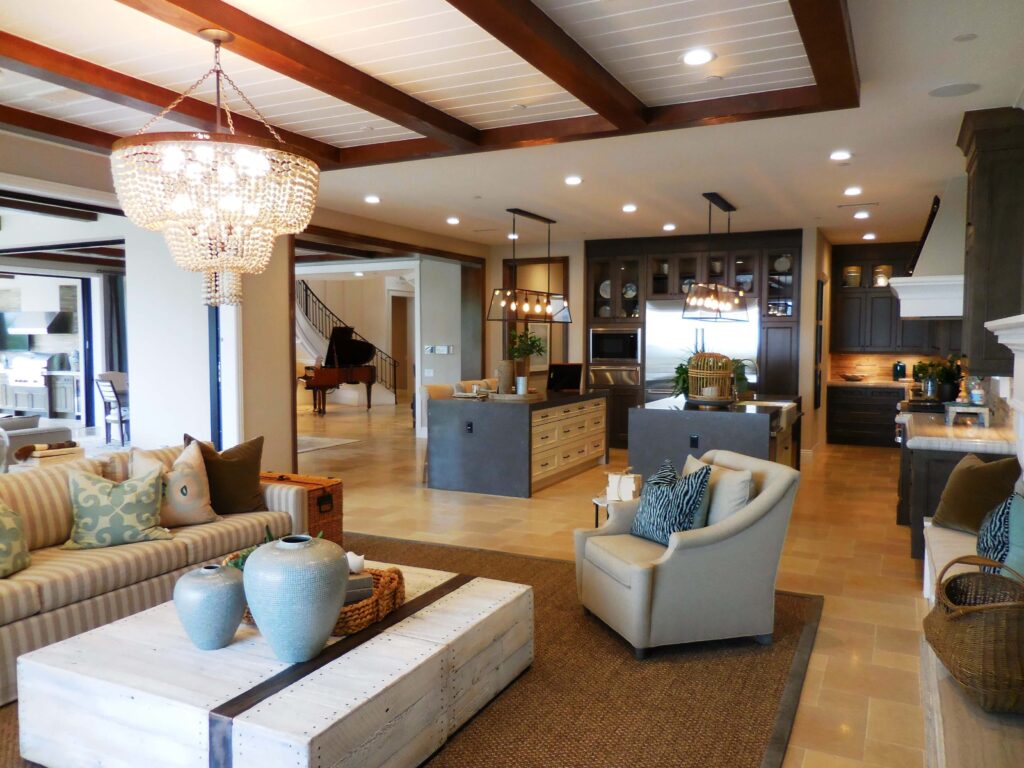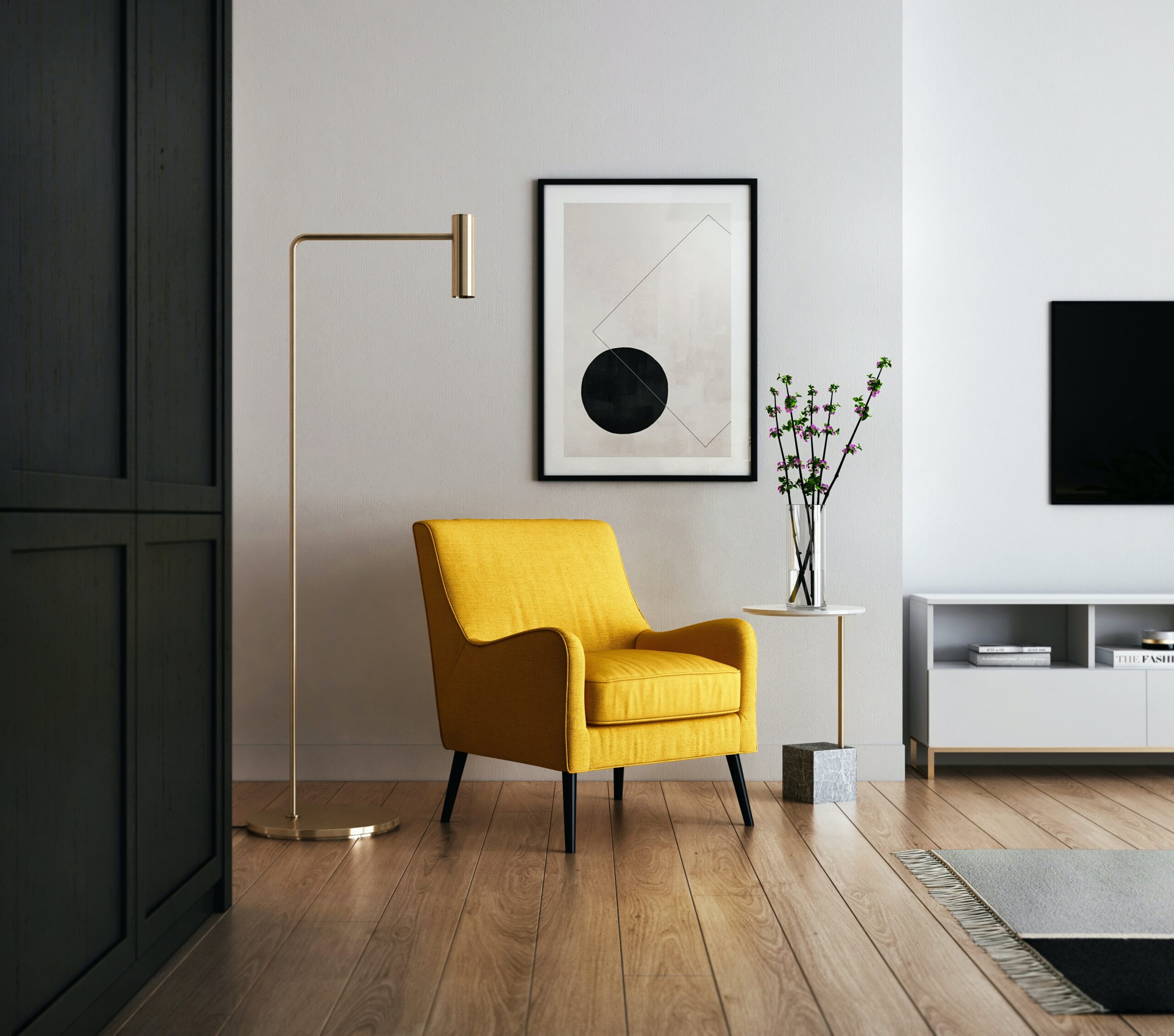The best color for a bedroom depends on personal preferences, the size of the room, the amount of natural light it receives, and the overall atmosphere you want to create. However, certain colors are commonly recommended for bedrooms due to their calming and soothing effects. Here are some popular bedroom color options:
- Soft Blue:
- Soft blue shades, such as light sky blue or powder blue, are often associated with tranquility and relaxation. These colors can create a calm and serene atmosphere, promoting a sense of peace.
- Neutral Tones:
- Neutral colors like beige, taupe, or light gray are versatile choices for bedrooms. They provide a neutral backdrop that can be easily paired with different accent colors. Neutral tones create a serene and timeless look.
- Soft Green:
- Soft green shades, like sage or mint, can evoke a sense of nature and freshness. Green is also known to have a calming effect, making it a suitable choice for a bedroom.
- Lavender or Lilac:
- Lavender and lilac are soft, muted purples that can add a touch of romance to the bedroom. These colors are associated with relaxation and tranquility.
- Light Pink:
- Light pink is a gentle and soothing color that can create a soft and comforting atmosphere. It is often associated with sweetness and serenity.
- Warm Gray:
- Warm gray tones can provide a cozy and inviting feel to the bedroom. They work well with various accent colors and can create a sophisticated look.
- Earth Tones:
- Earthy colors like soft browns, warm terracottas, or muted greens can bring a grounding and calming effect to the bedroom. These colors connect with natural elements and can create a comforting environment.
- White:
- White is a classic choice for bedrooms, offering a clean and fresh look. It reflects light, making the room feel airy and spacious. However, some people find an all-white bedroom to be too stark, so consider incorporating subtle accents or textures.
Remember that personal preferences play a significant role in choosing bedroom colors. Consider the mood you want to create and how different colors make you feel. It’s also a good idea to test paint samples on a small area of the wall to see how they look in your specific lighting conditions. Additionally, you can use accent colors through bedding, decor, and furniture to enhance the overall color scheme of the room.

